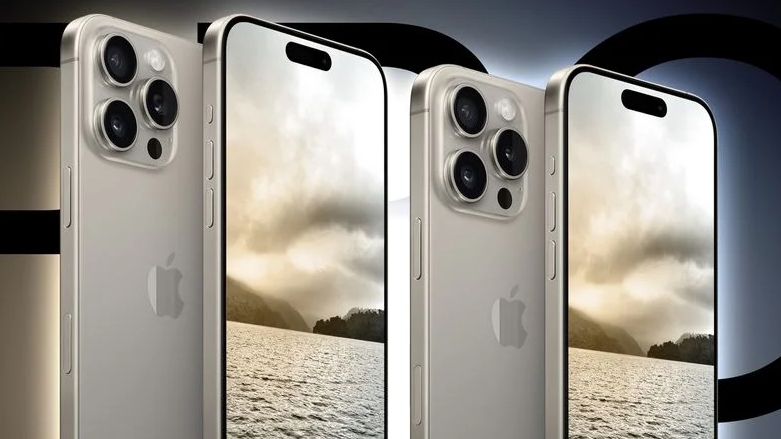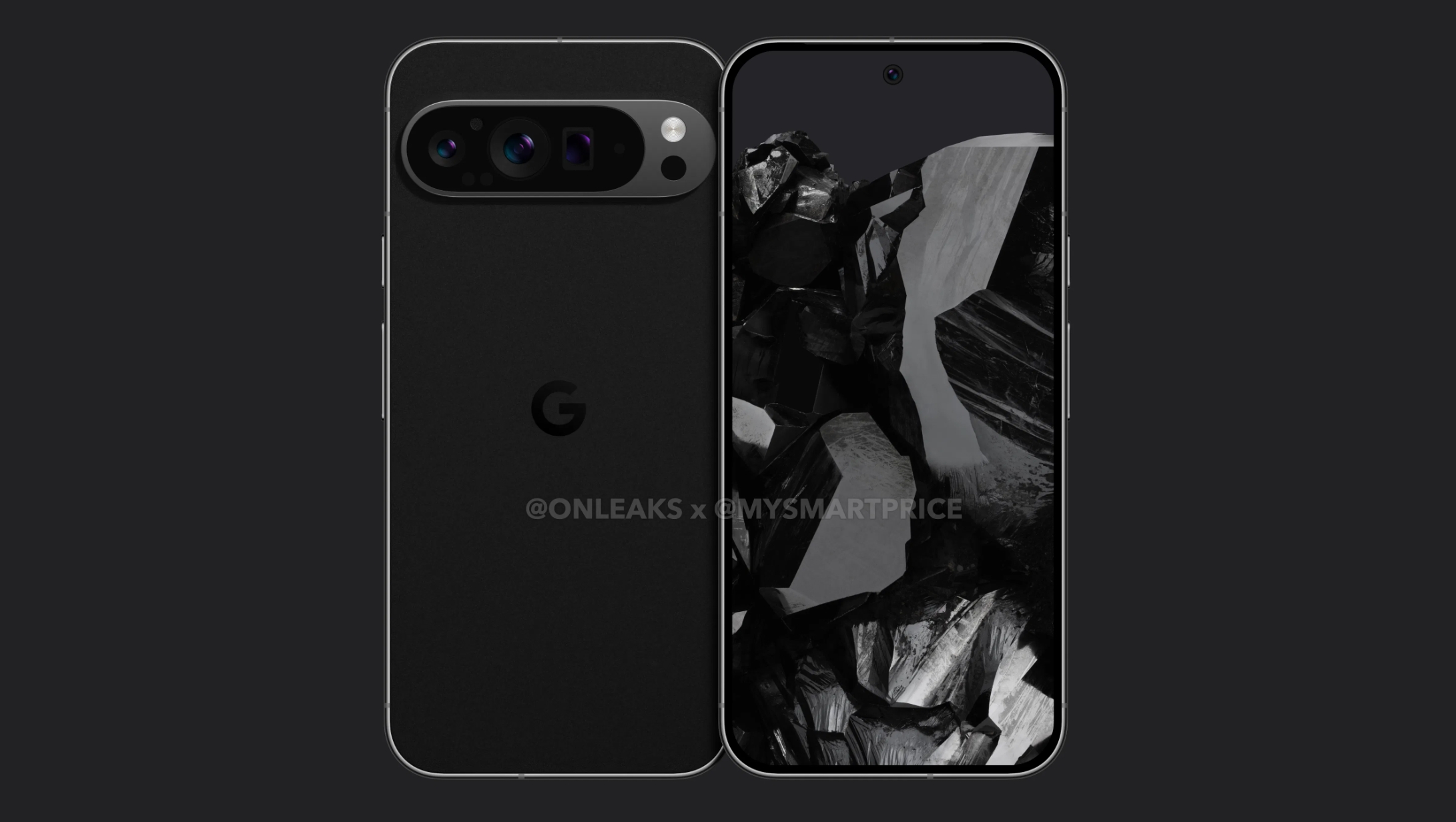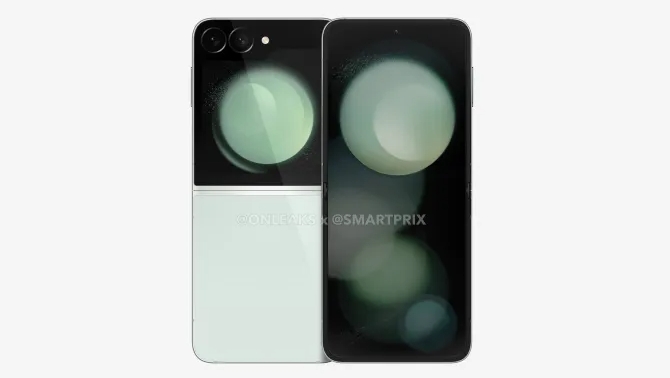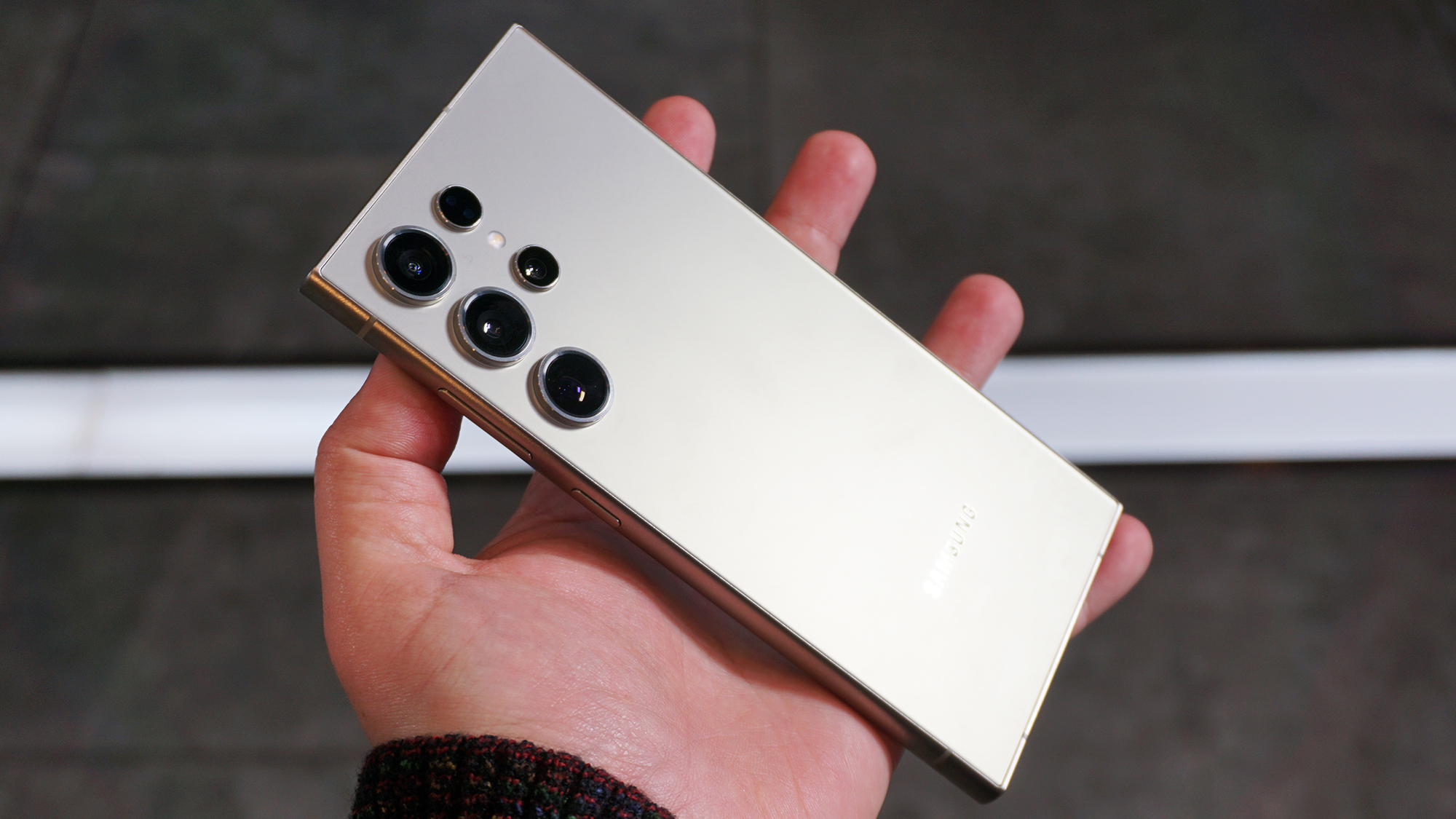We’re only a few months into 2024 but it has already been a busy year for phones, with the highlights being the Samsung Galaxy S24 family, including the incredibly powerful Samsung Galaxy S24 Ultra, which currently sits at the top of our list of the best phones.
But there’s a lot still to come, including more Samsung devices, phones from Google and OnePlus, and of course the iPhone 16 line.
Below then, you’ll find five of the phones we’re most anticipating throughout the rest of 2024, along with our best guesses as to when we’ll see them.
iPhone 16 Pro Max

The iPhone 16 line is undoubtedly the most highly anticipated series of smartphones this year, and we could populate this list with all four expected models (namely the iPhone 16, iPhone 16 Plus, iPhone 16 Pro, and iPhone 16 Pro Max), but of those it’s the iPhone 16 Pro Max that gets us really excited.
We’re almost certain this will land in September, given Apple’s usual release patterns, and leaks suggest it could be a big upgrade on the iPhone 15 Pro Max – which is currently one of the best phones you can buy.
Apparently the iPhone 16 Pro Max will have a slightly larger 6.9-inch screen, a more powerful A18 Pro chipset, and a new ‘Capture’ button, designed for snapping photos and shooting videos.
It might also have a ‘super telephoto’ camera, which can zoom far further than the 5x offered on the iPhone 15 Pro Max, and it could have an upgraded 48MP ultra-wide camera, in place of the 12MP one on the current model.
With these upgrades, coupled with all the great elements already found in the iPhone 15 Pro Max, the iPhone 16 Pro Max could be the phone to beat in late 2024.
- Everything you need to know about the iPhone 16 Pro Max
OnePlus Open 2

OnePlus isn’t the biggest name in foldable phones. In fact it has so far only released one. But impressively the OnePlus Open is one of the absolute best foldable phones you can buy, so we’re highly anticipating the OnePlus Open 2.
We know very little about the OnePlus Open 2 so far, but the original has big screens, a brilliant design, and the best cameras you’ll find on a foldable phone. So there’s a good chance the OnePlus Open 2 will retain or improve on those features.
It’s sure to be a more powerful phone too, and we’re hopeful for better battery life. We’ll probably find out exactly what it has to offer in or around October, as the OnePlus Open launched in October of last year.
- Everything you need to know about the OnePlus Open 2
Samsung Galaxy Z Fold 6

The Samsung Galaxy Z Fold 6 will probably be the most popular book-style foldable phone of 2024, even if it’s not the best. But there’s a chance it will be the best, or at least that the rumored Samsung Galaxy Z Fold 6 Ultra will be.
That said, we’re not at all sure that an Ultra model is really in the works, and there’s little information on it. So for now we’re more anticipating the standard Samsung Galaxy Z Fold 6, which is sure to launch.
Leaks suggest this may have a titanium frame, a larger cover screen than its predecessor, a higher 2,600-nit peak brightness on the foldable display, and of course a more powerful chipset.
Sadly, most leaks suggest the cameras will be unchanged from those on the Samsung Galaxy Z Fold 5, so we hope if there is an Ultra model too, the cameras are at least upgraded there.
There might not be too long to wait for this one, at least compared to some phones on this list, with a July launch rumored.
- Everything you need to know about the Samsung Galaxy Z Fold 6
Google Pixel 9 Pro

Our most highly anticipated non-foldable, non-Apple phone of the remainder of the year is the Google Pixel 9 Pro.
This will probably land alongside the standard Google Pixel 9 in October, and based on past form it’s likely to be bigger and better than the standard model.
Leaks suggest the Pixel 9 line will have a new design, with flat sides and a different camera block. The Pixel 9 Pro will reportedly also have a triple-lens camera, a new Tensor G4 chipset, and possibly a new AI assistant, which might be exclusive to the Pixel line.
Indeed, AI is likely to be a big focus on this phone, and based on previous Pixels the Pixel 9 Pro may well also rank among the best camera phones.
- Everything you need to know about the Google Pixel 9 Pro
Samsung Galaxy Z Flip 6

While the Samsung Galaxy Z Fold 6 will be bigger and more expensive than the Samsung Galaxy Z Flip 6, it’s the Flip line that tends to be more successful, so the Z Flip 6 may well end up being the most popular foldable phone of the year.
Leaks suggest this phone – which could land as soon as July – will have a larger cover screen than the Samsung Galaxy Z Flip 5, along with a bigger battery, and a smaller crease in the foldable screen.
It might also have an upgraded 50MP main camera, in place of its predecessor’s 12MP one. Though not all leaks agree on that.
And the Samsung Galaxy Z Flip 6 is sure to get a power boost, as it will almost certainly be equipped with a Snapdragon 8 Gen 3 chipset, which we’ve already seen used in the Samsung Galaxy S24 line.
- Everything you need to know about the Samsung Galaxy Z Flip 6
You might also like
- Best phone: top smartphones in the US right now
- Best iPhone: which Apple smartphone reigns supreme?
- Best Android phone: top Google-powered phones for every budget




